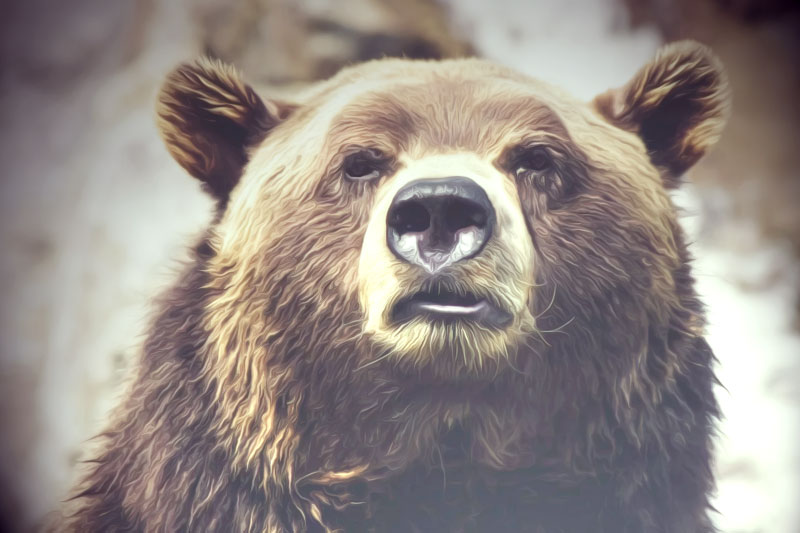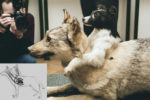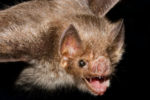
Long before fitness gurus and dieticians cottoned onto the protein/carbohydrate issue, black bears had the whole thing down pat. The bear, which hibernates in winter, takes advantage of those few weeks in summer when a variety of berries are available, and literally eats themselves into oblivion, to store up carbs and fat for the coming winter.
The bear diet at other times varies, often leaning heavily towards protein in the Spring, when they will consume small animals, unprotected moose or deer offspring, and animals that died over the winter. As the weather warms up, they move on to shoots, grasses, and other vegetation, and then the berry bonanza in summer.
Female bears also mate in the summer, and then promptly kick the male out and never see him again. But in one of Mother Nature’s unique little provisions which show how well she understands life on our sometimes hostile planet, actual implantation of the fertilized bear egg is time-delayed and doesn’t occur until early Fall. Gestation, which takes ten weeks, is put off until there is more likelihood of survival after birth. Otherwise, bear cubs would be born as the cold strikes, and the bear is not yet ready. With that pause in the reproductive cycle, black bear cubs are born in snug winter dens, and are mobile, and ready to face the world, by the time Spring arrives.
The fact is: Female and male black bears cannot tolerate being around each other except when they breed.


